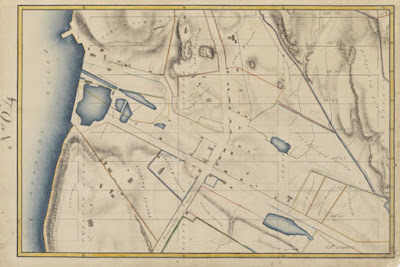In the last couple of years I've seen many attempts to show the internet using a metaphoric map. Most of those attempts have not held my interest and left me confused. The
Web 2.0 Map is also confusing (after all the web itself is a confusing place) but it captured my interest because it is attractive, well organized and interactive. You can pan and zoom and also click the icons for further information.
The map is like a Risk board with icons for the primary players in the industry. If you click on them you get a somewhat advertise-y description of each one. As you zoom in more companies appear on the map. It is built on Google's mapping API and is organized from north to south with the "Clouds of Infrastructure" then the "Oceans of OS and UI", the "Platform Plateau", a couple of continents to hold social networking, searching and payment and at the bottom a "Subcontinent of Advertising." There's also some good puns scattered about.
At the top of the map there are alternate views for "Movements" and "Data Layers." Movements is designed to show "how a handful of major actors in the Internet Economy are moving from
their bases of power into other points of control across the map." At the moment this view doesn't appear to change anything. The "Data Layer" tab was built for the 2011 Web 2.0 Conference. This view represents eight major internet players as cities, with skyscrapers for different data categories such as social, location, search and and content.
Each city has the same buildings at different heights so in the view above we see Twitter having interest data as its highest building, Facebook has tall buildings for social and wildcard (uncategorized) data, Google's tallest building represents search data and Yahoo's is content.
Confused yet? For a description of the main map see John Battelle's
Web 2.0 Summit blog post. For a description of the Data Layer (or Data Frame) see his
Searchblog post.
















































